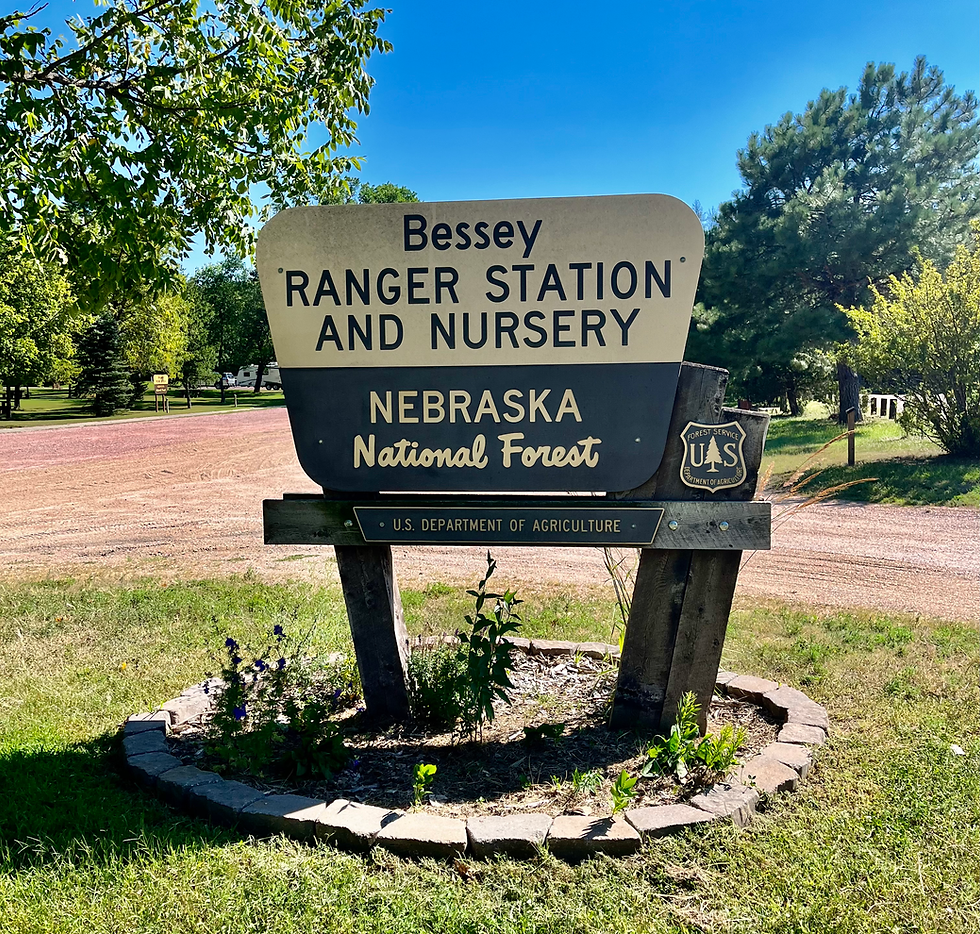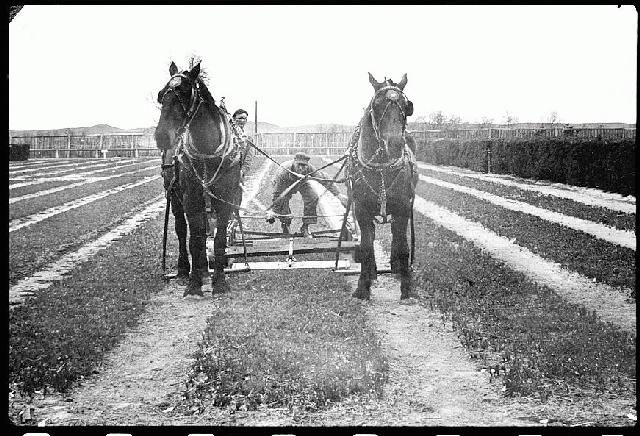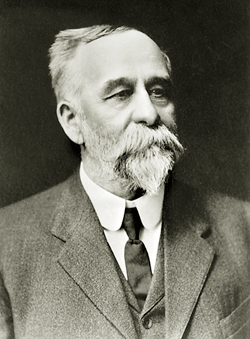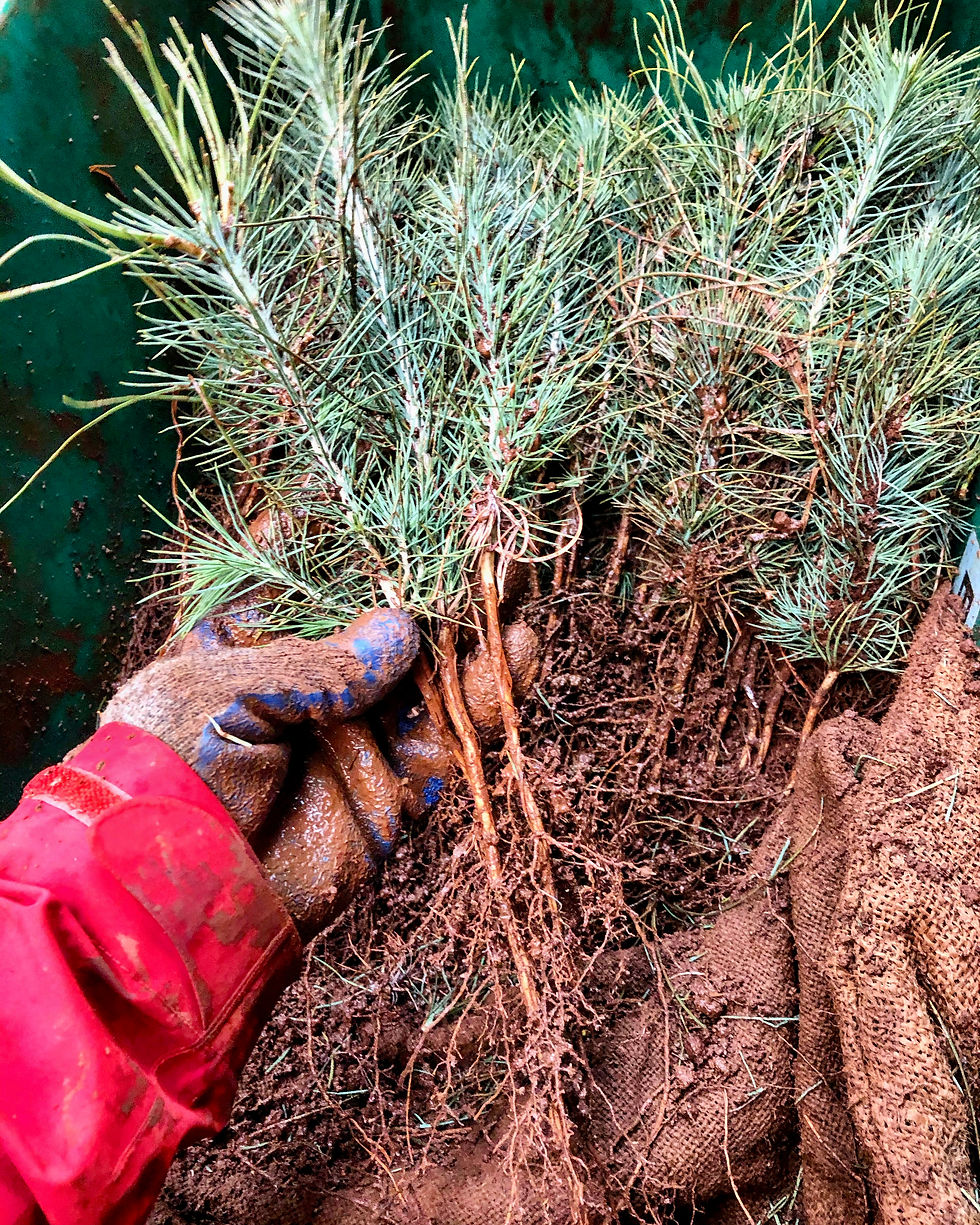Charles E. Bessey Nursery....
- Garrett Keisling
- Oct 21, 2023
- 3 min read
Updated: Oct 29, 2023
This blog was created as a requirement for the Agricultural Practicum I am working on to earn my degree in Sustainable Agriculture from the University of Massachusetts - Stockbridge School of Agriculture.
As the semester winds down and I post my last few blog entries I wanted to take a moment and tell a little about the history of the nursery that I worked at, the Charles E. Bessey Nursery located in Halsey, Nebraska.
I have recently relocated to take on a new position with the Forest Service at the Placerville Nursery in northern California and this will close out my posts about my time working in Nebraska.

The Charles E. Bessey Nursery was established in 1902 as part of the Dismal River Forest Reserve which was created by proclamation of President Theodore Roosevelt. It is the oldest seedling nursery managed by the USDA Forest Service and the nursery was established to produce the tree seedlings used to create the "World's Largest Man-Made Forest", located at the adjacent Bessey Ranger District.

The Nursery and Ranger District were named in honor of Dr. Charles E. Bessey, a professor of botany at the University of Nebraska who envisioned a forest growing on the wide-open Sandhills of Nebraska. His vision was to create a forest for harvesting and providing timber resources to the mid-western states and while ultimately his vision did not come to fruition his legacy has left the area with an important economic resource and a beautiful forest for all Nebraskans to enjoy.
The Nursery is located about one mile west of Halsey, Nebraska near the geographic center of the state. The area, known as the Sandhills, is characterized by rolling sand dunes covered with grasses and meandering rivers that flow slowly through the surrounding prairie. The primary agricultural commodities in the area are cattle and hay. The sandy soil and plentiful water found within the area supply the nursery with an ideal location and medium for growing high quality seedlings.

The Nursery has a long-standing reputation for producing top-quality planting stock due to its relatively long growing season.
Production facilities and equipment at the nursery are state-of-the-art. To fulfill its mission, the Nursery maintains 46 acres of irrigated seedbeds for bare root production, along with 30,000 sq.ft of controlled environment greenhouses for container seedling production. The Nursery extracts, cleans, and stores seed obtained from cones and berries supplied by its customers and this seed is used to grow seedlings for customers requesting seedlings or shipped to customers directly to sow the seed onto their own forest. The Nursery is capable of producing 4.5 million bare root conifer and hardwood seedlings each year however current production is 2 million seedlings annually. The Nursery also serves as the Rocky Mountain - US Forest Service Region 2 seed bank where it stores reserves of approximately 14,000 pounds of conifer seed to protect against natural disasters such as wildfire, blowdown events and insect infestations.

Of perhaps greater importance is the role the Nursery serves in forestation on the Great Plains. Since 1926, the Nursery has been producing seedlings for the Nebraska Conservation Trees Program for distribution to rural landowners in Nebraska. Conservation trees are also distributed to rural landowners in North Dakota, South Dakota, Wyoming, Colorado, and Kansas. The Nursery has produced seedlings for Bureau of Indian Affairs Reservations in South Dakota and Wyoming and these agreements have created strong and unique relationships between the Nursery and various state and federal agencies.




Comments